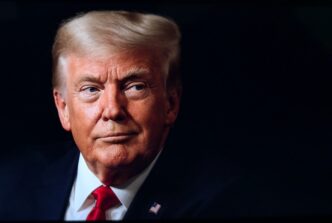Egg prices have surged dramatically with a 14% rise from November to December, and forecasts from the US Department of Agriculture project a further 20% hike this year. The principal cause, experts say, is the highly pathogenic avian influenza, which has led to the culling of over 40 million egg-laying birds, significantly disrupting the supply chain. This situation has prompted reactions such as grocery restrictions on egg purchases, additional charges at eateries, and a temporary shutdown of live poultry markets in New York.
There’s been a tendency among politicians to leverage the situation for partisan attacks, with some blaming former President Donald Trump for not lowering grocery prices as promised, while White House spokesperson Karoline Leavitt attributes the shortage to culling directives under the Biden administration. However, both claims oversimplify the complexities of the crisis. According to the American Farm Bureau Federation, the requirement to cull affected flocks whenever the virus is detected stands independently of presidential decisions.
Farmers like Frank Hilliker emphasize that neither the previous nor current administration could have forestalled the avian flu, underscoring the virus’s tenacity and the prolonged recovery time required for restocking the affected flocks, which can span up to nine months. As such, prices are expected to stay elevated for the foreseeable future.
The avian flu does not solely impact egg prices; it also affects poultry farms like Doug Corwin’s Crescent Duck Farm, where strict biosecurity couldn’t prevent an outbreak, leading to significant financial losses despite anticipated USDA compensation. Corwin advocates for vaccination as the realistic solution to the crisis, a stance fraught with trade controversy due to potential export restrictions.
Despite advances in farm biosecurity since 2015, experts like Rebecca Carriere Christofferson argue these measures fall short in containing the virus, which can easily breach defenses through various vectors. The necessity for a robust federal surveillance and research initiative is critical to mitigate the spread, especially as it’s now affecting not just poultry but also livestock, indicating a potential health threat to humans.
The rising egg prices underscore a multifaceted problem beyond any single political blame. The complex nature of the avian flu calls for a unified response from the government, focusing on research, biosecurity, and possibly vaccinations, to navigate the challenges currently faced by farmers and consumers alike.








